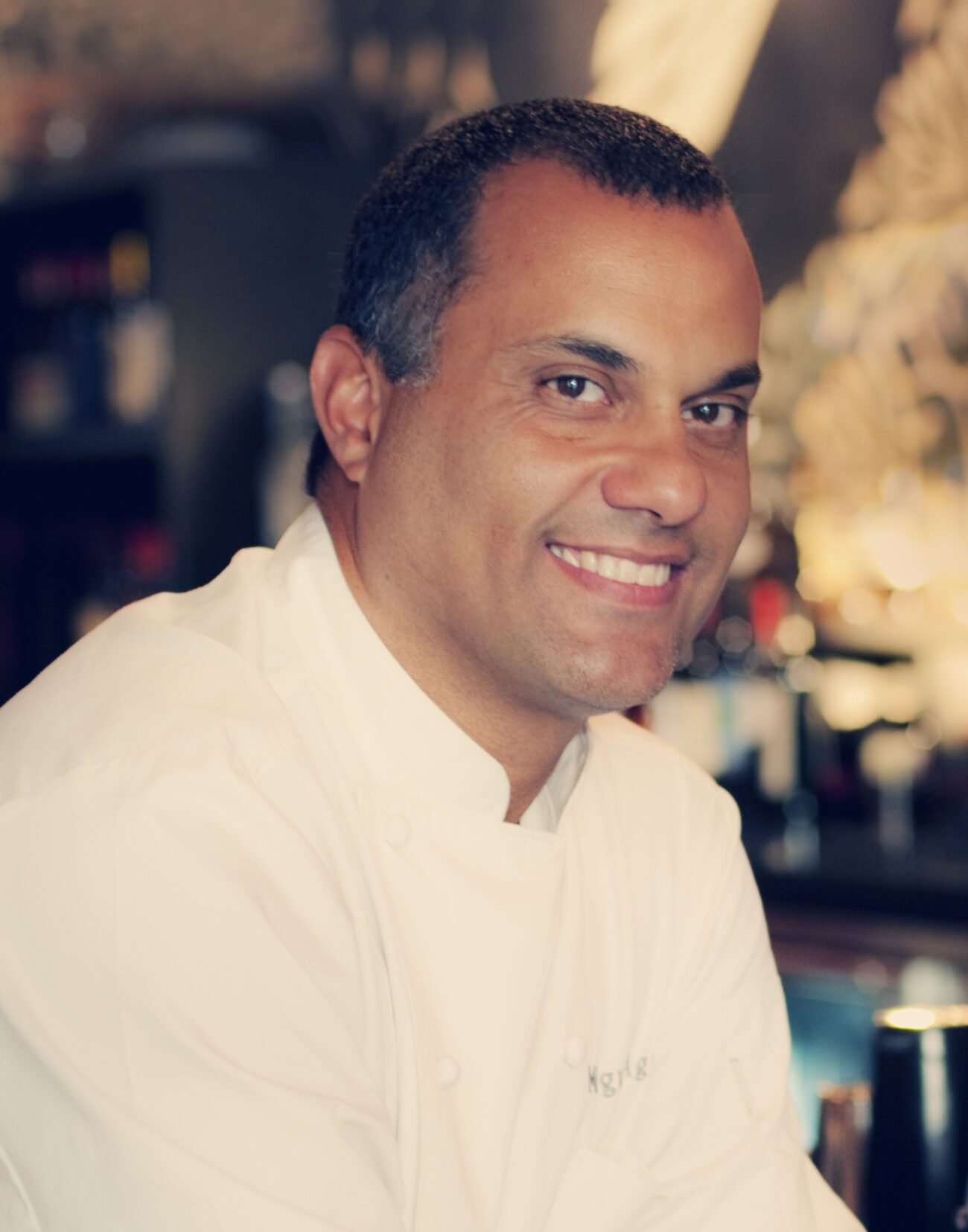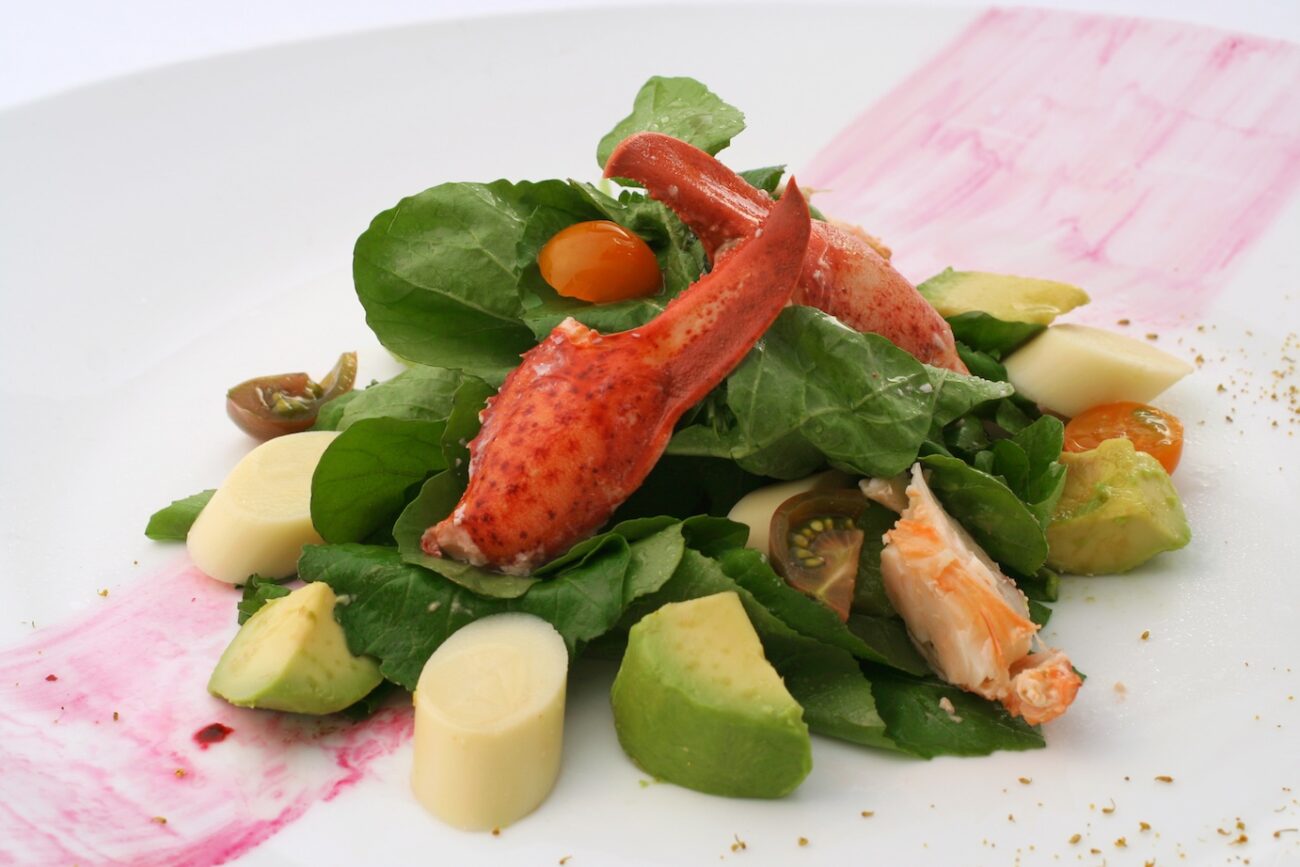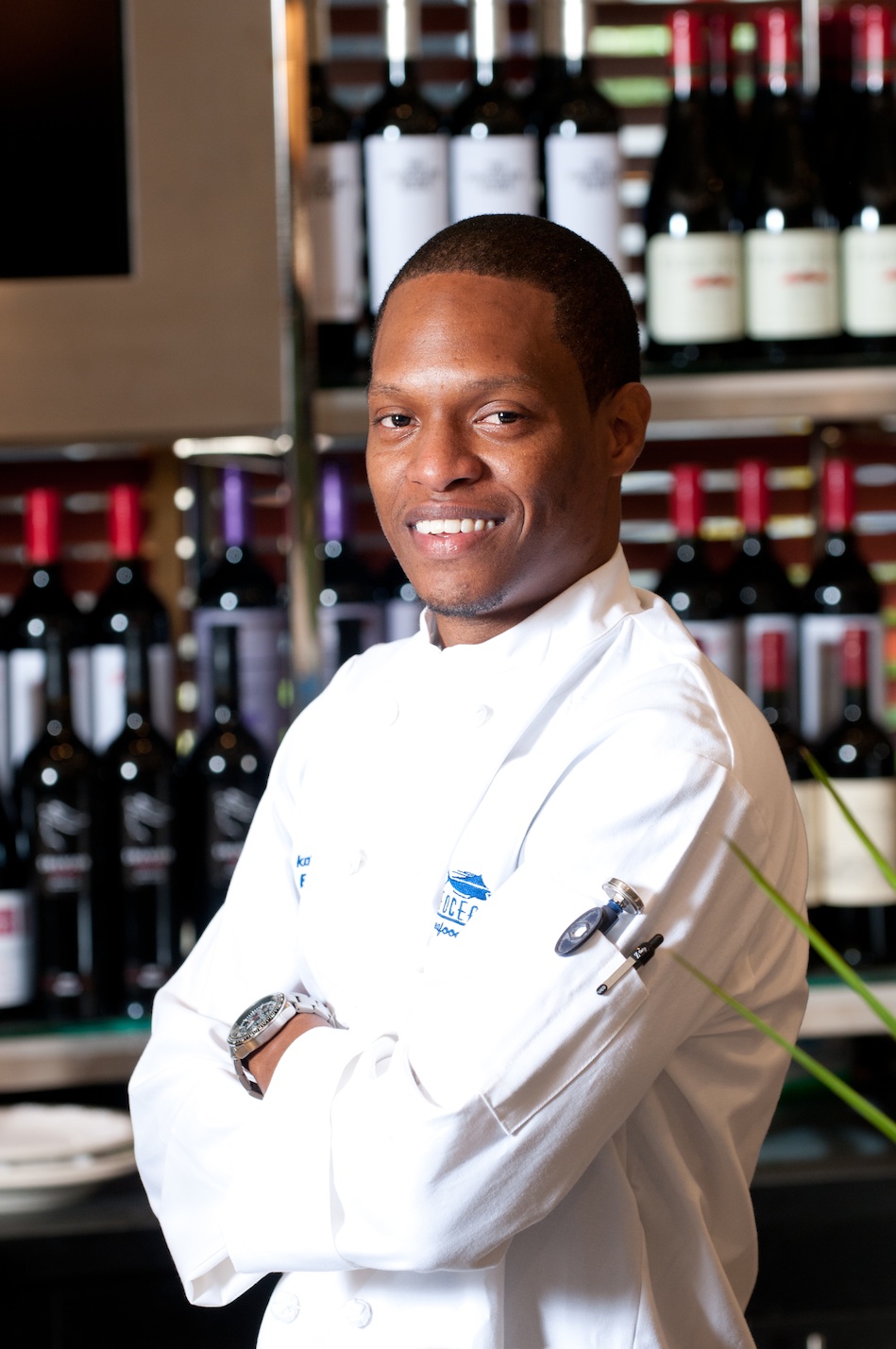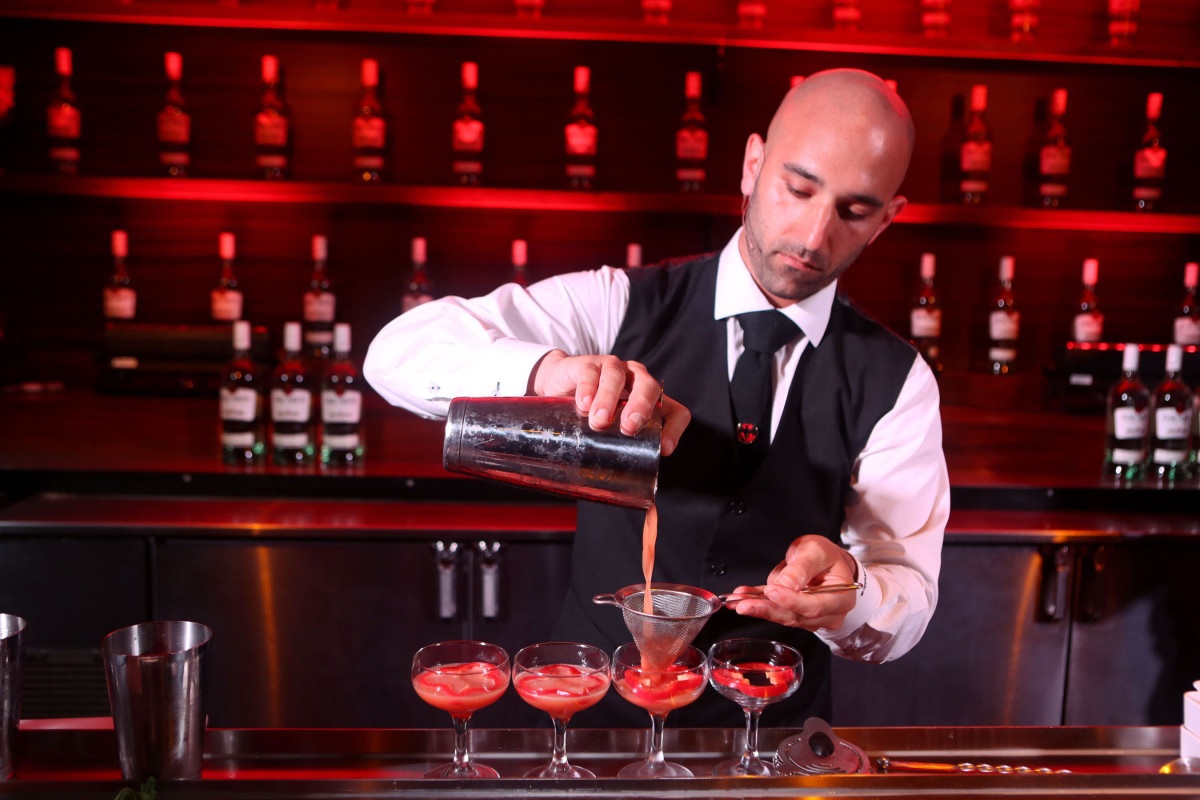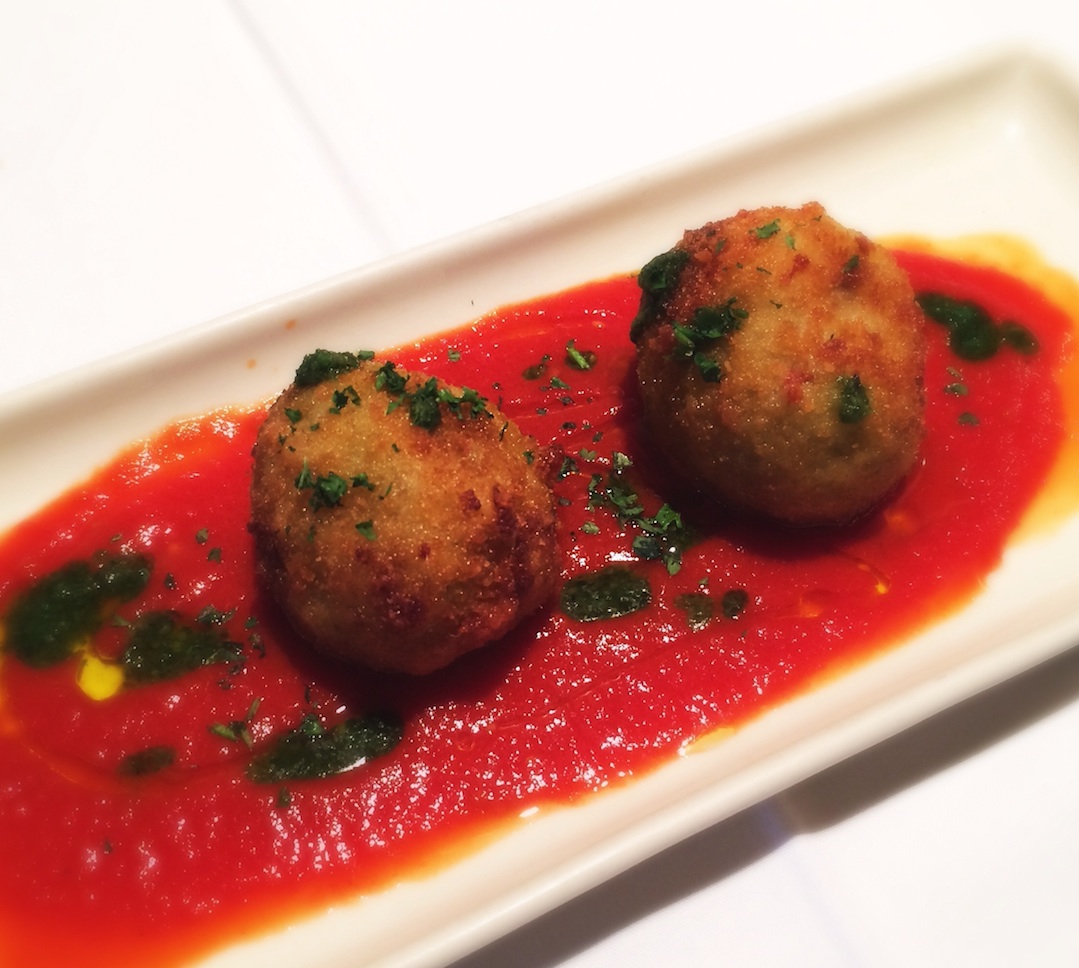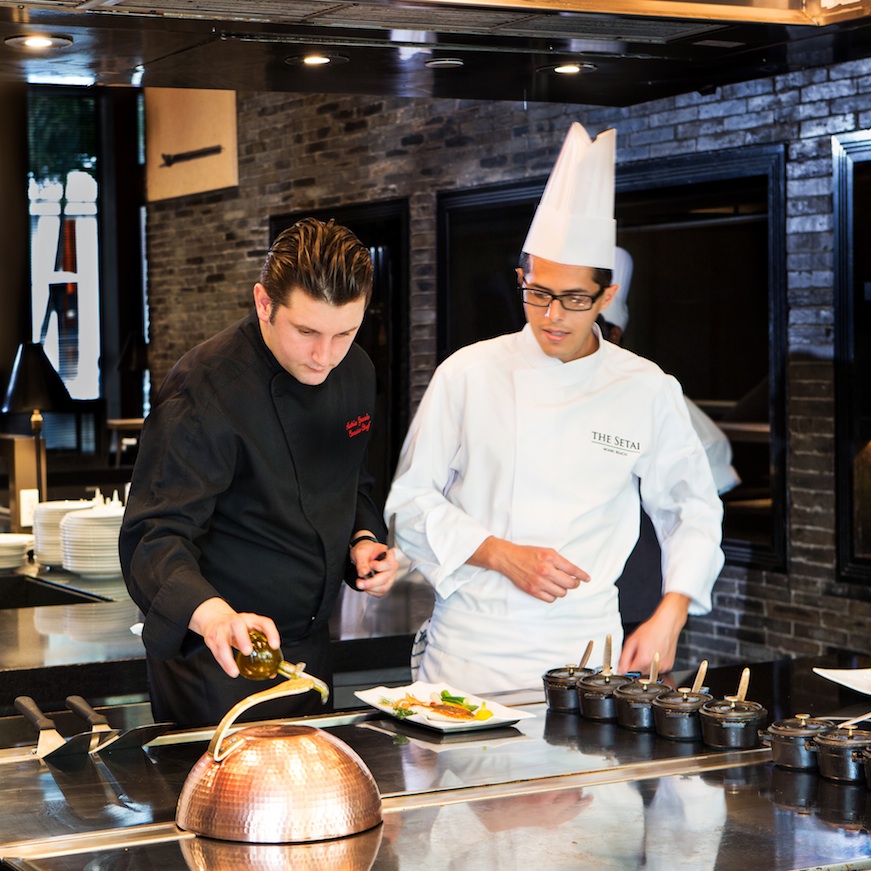Michael Mina 74 {The Fontainebleau Miami Beach, 4441 Collins Avenue, Miami Beach; 305.538.2000}
Award-winning chef and restaurateur Michael Mina and The Fontainebleau Miami Beach come together this winter to bring you Michael’s newest concept, brought to life in the elegant lobby of the legendary hotel. Michael Mina 74, which was created uniquely for the hotel, will be the first of its kind, delivering a dynamic, chef-driven culinary and social destination that blurs the lines between restaurant, bar, and ultra-lounge. True to his philosophy that “balance in everything creates memories and experiences,” Chef Mina has produced a sophisticated American bistro-style menu, where his passion for unlocking fantastic flavors and irresistible combinations complement and satisfy the high-energy rhythm of Miami.
Seasalt & Pepper {422 Northwest North River Drive; 305.982.8946}
Seasalt & Pepper, a waterfront modern American brasserie and lounge, is helmed by Executive Chef Alfredo Alvarez, this American bistro embraces the idea of sophisticated techniques and heartfelt commitment to quality. “After closing my Miami restaurant 10 years ago, I’ve traveled all over the world and created a menu that is a culinary snapshot of all of my travels,” says Alvarez in a Miami.com interview. He’s spent time at highly-reputed eateries like Tratoria Dopo Teatro in New York City and Giacosa Restaurants in Coral Gables. At Seasalt and Pepper, the menu is all about fresh produce, harmonious flavor pairings, and eye-catching presentation. The wood-burning oven delivers roasted seafood and vegetable casseroles, the sumptuous grass-fed Rib-Eye Steak and Veal Chop, and a variety of carefully-curated raw bar selections, pastas, and risottos. A post-industrial warehouse outfitted with sleek, nautical touches seats 200, with several private areas for corporate and special events. Catering and takeout services are offered as well. An added bonus: there’s a private docking for boat enthusiasts.
Mina’s Mediterreano {749 Northeast 79th Street; 786.391.0300}
Just down the street from BarMeli is another fabulous new eatery spicing up the culinary scene of this ever-growing neighborhood. Owner Yasmine Kotb has been working for over a year to bring this fabulous space to life, and her hard work has paid off. Chic and industrial, it welcomes with grand lofty ceilings and gracious warehouse windows flooded with light. The walls are tickled with colorful framed posters depicting glorious scenes from the Mediterrenean sea. Passed down from family recipes, the dishes offer traditional fare from France, Italy, Morocco, Spain, and Israel. Diners can feast indoors, at the welcoming bar, or in the glorious, expansive outdoor herb garden. minasmiami.com
Setai {The Setai Miami Beach, 2001 Collins Avenue, Miami Beach; 305.520.6800}
The Setai, Miami Beach, with Executive Chef Mathias Gervais, is embarking on a new culinary direction this winter. The Setai Grill will be open only for dinner Wednesday through Sunday, serving its signature premium cuts of dry-aged beef, but adding a variety of Asian and Latin-American inspired dishes. Additionally, the hotel’s The Restaurant—which has been closed—will re-open for breakfast, lunch, and dinner daily. A brand new menu designed by Chef Mathias will feature his most adored Mediterranean and “Sun Coast”-inspired dishes of Italy, Spain, and Greece. The new “Cuisine du Soleil” menu will feature dishes cooked on a large plancha, or griddle, used to extract the versatility of flavors and aromas unique to these regional ingredients. The restaurant’s famous Sunday Jazz Brunch will continue to seduce with complimentary Champagne and Bloody Marys. thesetaihotel.com/dining/thesetaigrill
BarMeli Tapas and Wine Bar {725 Northeast 79th Street; 305.308.5253}
Liza Meli is back again, this time with her very own Mediterranean Bistro in her favorite neighborhood in the Upper Eastside. True to form, Barmeli will feature Spanish, Italian, and Greek treats served with simplicity and style. The food is fresh and flavorful, without a lot of fuss, and a boutique selection of obscure wines complements the tapas-style delights. As always, the vibe at Liza’s home-away-from-home is unpretentious and cool, with an artsy edge and smiling service. Europeans, expect nostalgia. Locals, expect your new neighborhood home. barmeli.com.
Fez Restaurant {512 Española Way, Miami Beach; 305.672.4469}
The dining scene of South Beach’s Española way is coming back to life with the likes of Fez Restaurant, welcoming diners to a new Morrocan experience. Chef/Owner Faycal Bettioui has been cooking in Miami for many years, and is delighted to bring us his edgy, modern techniques in a sensual space titled after his nickname, Fez. Born in Casablanca, Morocco, Fez grew up experimenting with the fresh local ingredients. At the restaurant, he brings to life a new interpretation of Moroccan recipes. Fez’s cuisine is both creative and soulful, attracting those who have an affinity for Mediterranean cuisine, as well as those curious about the rich new taste. fezmiami.com
L’Entrecote de Paris {1050 Brickell Plaza, Brickell; 305.755.9995}
With its one-dish menu of irresistible Steak Frites, L’Entrecote de Paris has officially opened its doors in Miami’s bustling Brickell area. Legendary Steak Frites is served to perfection with an unforgettable 21-ingredient secret sauce. Poised to introduce an old French tradition to Miami’s cutting edge culinary, the charming brasserie is designed after the famous Café de Paris, and brings a little piece of France to Miami with every bite. The steaks are carefully sourced from high-quality suppliers. Pair yours with their Salad Classique, Salad Saison, or the daily cheese platter, and then choose a bottle from the extensive wine list. Finally, don’t miss out on dessert (the Mousse aux Trois Chocolats and Crème Brûlée have us swooning). And for those truly Parisian among us, this indulgent French feast can be enjoyed alfresco. lentrecotedeparis.com.br/pages/home
Ozzi by Little Lotus {200 Southeast First Street; 786.704.8003}
Just what downtown needed—a zippy little gem of a sushi joint offering floating sushi boats for a quick-grab business lunch or takeaway meal. With a communal, social sushi bar, ambient lighting, and live bamboo lining the walls, this intimate space welcomes warmer occasions as well. For those who remember, Little Lotus was our downtown hidden jewel, acclaimed for authentic Asian eats. Now, Owner Sari Maharani has re-appeared with her signature style to create Ozzi by Little Lotus. This means that you can expect the best, whether it’s a cozy dinner for two or lunch in a dash. ozzibylittlelotus.com
Isushi {3301 Northeast First Avenue Suite 107; 954.473.1611}
Midtown Miami is a mini-metropolis brimming with new places to dine, and Isushi is one of the newest contenders to hang its hat here. Born in Plantation, Florida, Isushi is not new to the business, and is sure to garner a following at this convenient new location. Famous for a vast selection of creative sushi rolls, combo plates, and party plates, Isushi serves high-quality sushi and Japanese cuisine at an outstanding value. The space is modern and comfortable, and service is fast and friendly. And if you want to sip your miso in the privacy of your condo, their super-efficient delivery service is a good way to go. isushi.net
Eat Greek {1570 Alton, Miami Beach; 786.797.8164}
A little slice of heaven has landed on South Beach and it stays open ’til the wee hours of the morning. Owner and Athens native Billy Dimotakis understands late-night appetites, and has customized his hours to indulge the night owl crowd. Still, this little gem of Greek eats is not just a place for post-club munchies. The food here is fresh and authentic. Dimotakis makes everything from scratch, using mainly organic ingredients, and stays true to his heritage with recipes inspired by the bounty of Greece. Have your souvlaki stuffed with french fries, or lettuce, hummus, or tzaziki, or try a taste of everything—but be sure to save room for the homemade baklava. eatgreek.org







